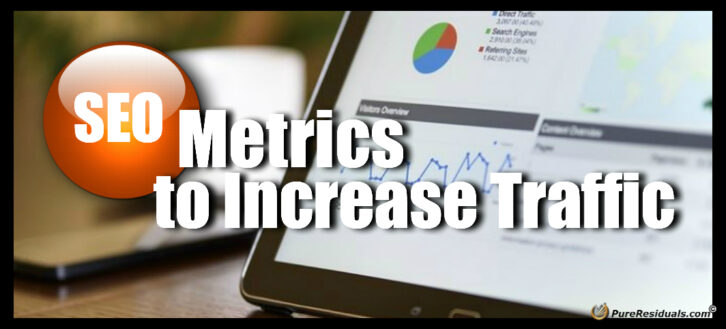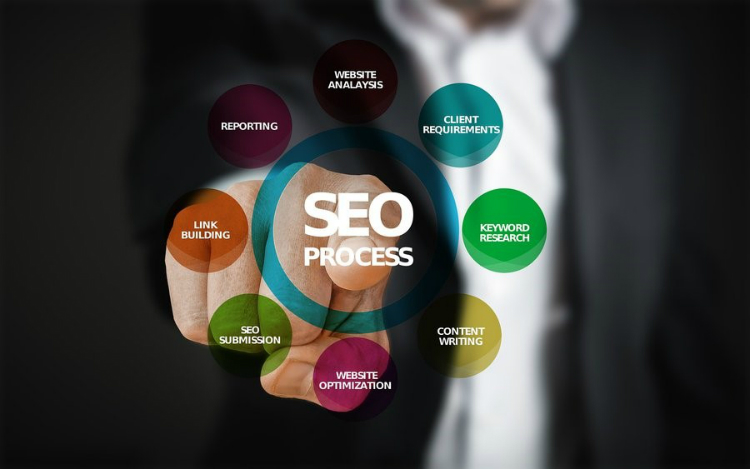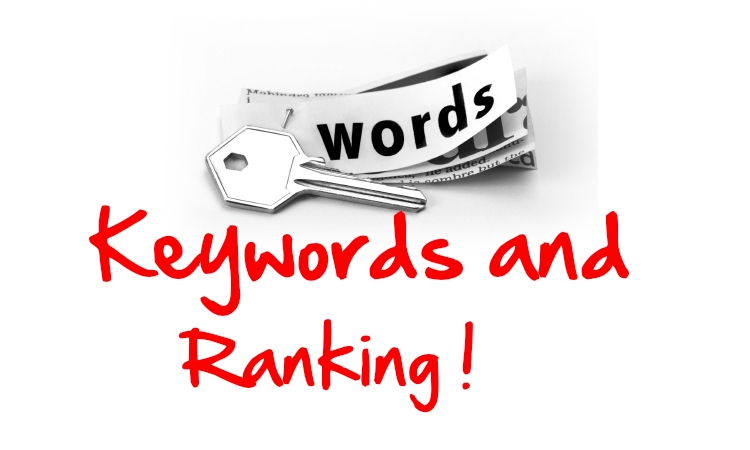How often do you create killer content and then hit refresh on your page’s stats until it gets a view?
Do you want to make these views come in a lot faster and at a much higher volume?
If you’re serious about driving traffic to your web page, you need to be monitoring five core SEO metrics to increase your traffic.
SEO is the study of how search engines rank content. If you want your website to stand out from the pack, you need to understand what metrics Google and other search engines are using to judge your content. Pages online are ranked by two broad factors: authority and relevance.
Improve these five SEO metrics discussed in this article and watch your web page pop up in the first couple results on Google search and thus increase your traffic exponentially.
1. Bounce Rate
Have you ever walked into a bar and realized you were wildly out of place? When this happened, you probably had the instant urge to get out of there or bounce. In the SEO world, bounce refers to the percent of users that come to your site, and then leave without clicking anything.
While even the best sites have a certain number of visitors who don’t click around, a bounce rate over 70% is troubling. A great website will have a bounce rate under 35%. Google uses bounce rate to decide if the site is relevant to searchers. If 99% of visitors to your site leave after clicking nothing, search engines determine that your site is irrelevant to the keywords it has and moves the link back in the results pages.
What causes a high bounce rate?
Many things could be causing a high bounce rate, but typically, the main culprit is poor page design. Having a stylish, easy-to-navigate landing page is integral for keeping bounce rates low. Make sure there’s an easily accessible table of contents or navigation menu on every page of your site, and use relevant h1 and h2 headings so a reader can quickly skim your content.
2. Keyword Rankings
When you type a term into an online search bar, your search engine aggregates a list of links that rank high for relevancy to the keywords you enter. If your content is full of keywords that no one is looking for, you’ll have a difficult time connecting to people who want your information.
An excellent way to see if the right people are reaching your site is to look at your analytics software and see specific keywords for which your site ranks. If you’re a pest control company in Atlanta, it makes sense to use the keywords “Pest control Atlanta” in your content. Hopefully, you’ll begin to rank for that search term. If for some reason, people are coming to your site using the keywords “worst pest control in Atlanta,” there’s a problem in your content that’s skewing your keyword relevance.
How do I optimize keywords?
The best way to find the right keywords to use is to conduct thorough keyword research. That can be as simple as typing a phrase into the Google search bar and seeing what suggestions the search algorithm gives you, which will give you an idea of what people are seeking. Once you know what keywords to use, take a look around at what ranks the highest in the search engine and make your content better and more relevant than that.
3. Page Speed
There’s nothing quite as frustrating as waiting an ungodly amount of time for a page to load. Mobile users are especially sensitive to long loading times and poorly designed sites. As you design pages on your domain, keep in mind that the experience needs to be optimized for mobile users FIRST, and then for the desktop. Check your mobile speed with Google’s free tool here.
Another critical thing to remember is that no matter how cool and beautiful your website is, no one is going to wait a long time for it to load. Humans are impatient and want easy to understand content NOW, not in two minutes.
How do I increase my page speed?
To have a faster page loading time, be wary of large, detailed images on your landing page. That can increase your page loading time exponentially, and people usually won’t stick around to see the beautiful image load. Instead, add images on different pages where page speed doesn’t matter as much. Also be careful about adding complicated widgets to your landing page, as these can slow down your site significantly.
4. Domain Authority
Domain authority is one of the most important goals in SEO. High authority pages rank the highest on Google, and this includes pages like web pages for universities, hospitals, and government agencies.
You can quickly check your domain authority by using a variety of web tools, like Website Authority Checker. High authority web pages also tend to be highly relevant to what people are searching for, so monitoring domain authority plays a dual role in creating power and relevance on your domain.
How do I build domain authority?
The subtle art of building domain authority to increase online traffic requires building backlinks. Backlinks are when a website refers to your site with a link, typically a hyperlink in some anchor text. Back in the day, this measured only the number of backlinks to a page. Of course, this quickly got exploited by sketchy scam websites, so Google began to measure backlinks based on the authority of the page giving them.
For example, if Harvard.edu gave your blog a backlink, it would be considered a high authority referral and would boost your domain’s authority. If a website called cheapwigs.biz gave you a backlink, it typically wouldn’t be as much of a boost in authority rating.
5. Click-Through Rate (CTR)
Click-through rate refers to the percentage of people who click on one of your links after finding it in their search results. When you type a query into a search engine, you get presented with several choices. Typically, you scroll through them, read the title of the link and the snippet of text the search engine provides, and then decide which to click.
For example, if 100 people search “cat clothing stores Boise,” and 25 people click on the link for your cat couture boutique, that means your CTR is 25%. Searchers, who judge pages that come up in a search similarly to how Google’s metrics do, are looking for relevance and authority.
How do I increase my CTR?
Google shows searchers snippets of text from your page, called meta descriptions. If you don’t assign a meta description, Google picks one from your content that seems to be the most relevant. You can game this by writing compelling meta descriptions and tagging your content so that it wows searchers enough to make them more willing to click on your link.
Monitoring SEO metrics to increase online traffic
If you’re serious about getting your web content to a wide audience of online searchers, it’s vital to get familiar with these metrics to avoid basic SEO mistakes and invest time in monitoring SEO metrics and making adjustments accordingly. You should be spending as much time measuring the effectiveness of your content and making changes as you spend creating content.
By keeping a watchful eye on these five metrics, you’ll be able to draw in higher volumes of traffic to your site and keep them there. If you’re selling a product or service, this will yield you higher rates of conversion.
If you’re using online ads as a revenue stream, this will get more eyes and clicks on your ad content. Whatever your goal is online, increasing traffic is always a big win.













